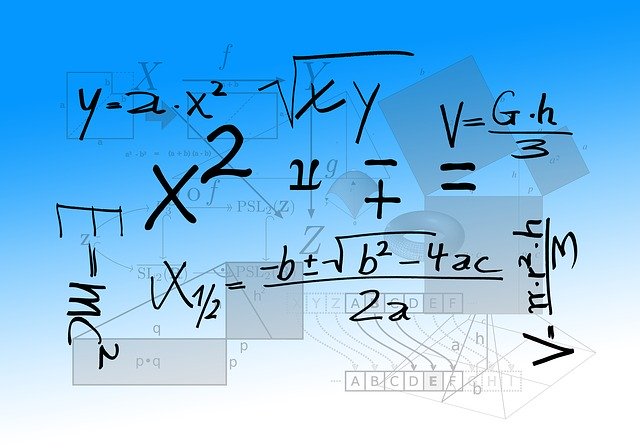Types of Real Numbers
There are a number of Types of Real Numbers, subsets within the set of real numbers, that are useful classifications that highlight distinct differences within the Real Numbers. These different classifications of real numbers are:
- Natural Numbers —
- Whole Numbers —
- Integers —
- Rational Numbers —
(In the following description of the various classifications of real numbers, you will see what is called Set Notation which we use to define sets of numbers. When we use ellipses (…) this indicates that the numbers on either end of the ellipses continue to infinity.
When we use {…} this indicates that the set is closed, so the numbers are confined to those bound within the set. To define the set of specifically 2, 3, 4, and 5 we write {2,5}. We can also have sets that are open at one end, and closed at the other, such as {…) and (…}._
Natural Numbers
The set of natural numbers is the most intuitive set of numbers that we have. Literally the numbers that you think of when you think of “numbers”. Everything from 1, 2, 3, 4, and 5, all the way to $\infty$. In set notation we describe them as {1,2,3,…}.
The natural numbers are also called the counting numbers. Whenever we are counting anything (coins, bananas, sheep, any physical quantity) we are using these numbers.
Whole Numbers
We extend the set of natural numbers with the inclusion of zero, to arrive at the distinct set of whole numbers. This is literally the set of whole numbers, and zero. {0, 1, 2, 3, …).
Integers
The set of integers adds the opposites of the natural numbers to the set of natural numbers, and whole numbers, that is, the negative numbers. This gives us the set
{…, -3, -2, -1, 0, 1, 2, 3, …}
The set of integers are made up of three distinct subsets: negative integers, zero, and positive integers. The positive integers are just natural numbers, or conversely, natural numbers are a subset of integers.
Rational Numbers
The set of rational numbers are fractions (or quotients) that have integers in both the numerator and the denominator (the top and bottom number of a fraction, respectively). The denominator can never be zero.
Furthermore, we can write every natural number, whole number, and integer as a rational number, as a quotient with a denominator of 1 (including the negative integers since any number divided by one is the original number).
The rational numbers are written as ${ \frac{m}{n} | \mbox{m and n are integers and n ≠ 0} }$.
A rational number can be expressed as either a fraction or in decimal form. Once the fraction is completed, it will either become a terminating decimal: 15/8 = 1.875; or it will become a repeating decimal: 4/11 = 0.36363636… = . The line drawn over the ’36’ indicates that these are a repeating block of numbers that continue infinitely, instead of writing the group multiple times.

Resources
- Algebra and Trigonometry. Openstax. Rice University.
[latexpage]
Cite This Article
MLA
West, Brandon. "Types of Real Numbers". Projeda, March 19, 2025, https://www.projeda.com/atlas/types-of-real-numbers/. Accessed May 2, 2025.